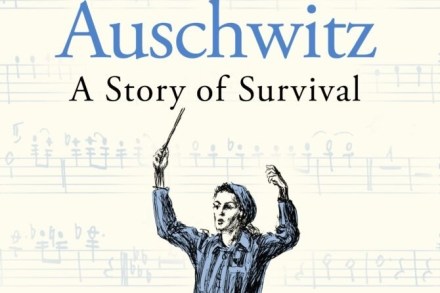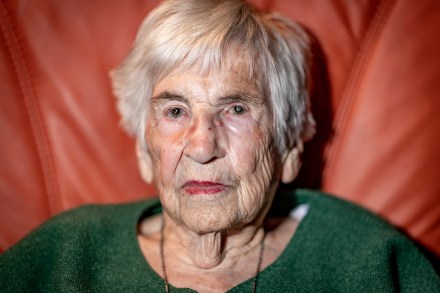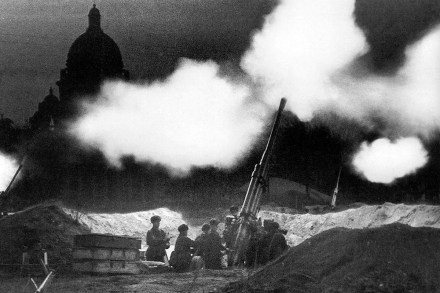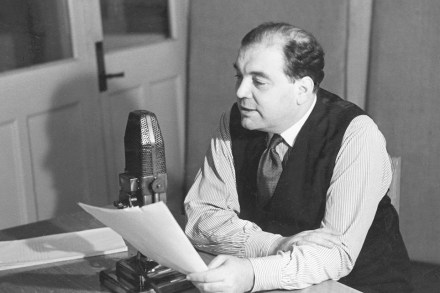Ambition and delusion: The Director, by Daniel Kehlmann, reviewed
As bombs rain down on Nazi-occupied Prague, Georg Wilhelm Pabst shoots a film – a romantic courtroom drama adapted from a pulp novel by a creepy Third Reich hack, Alfred Karrasch. Although the leading man finds it strange to make any movie ‘in the middle of the apocalypse’, his director insists that ‘art is always out of place’. In retrospect, Pabst assures the star, it will look like ‘the only thing that mattered’. The discoverer of Greta Garbo and Louise Brooks, and the director of The Joyless Street, Lulu, Westfront 1918 and other prewar masterpieces, Pabst really did attempt to film The Molander Case in Prague in 1944-45. The bizarre,












